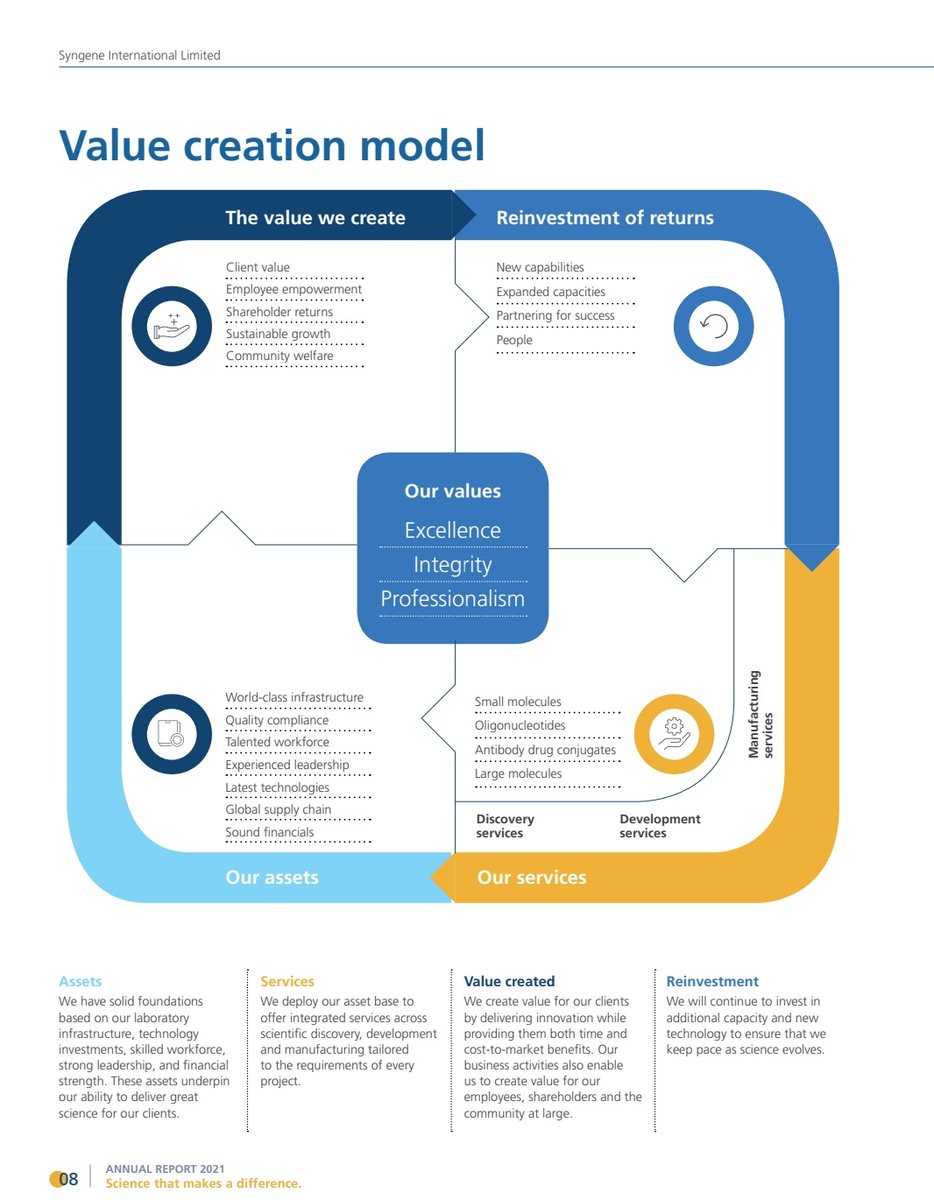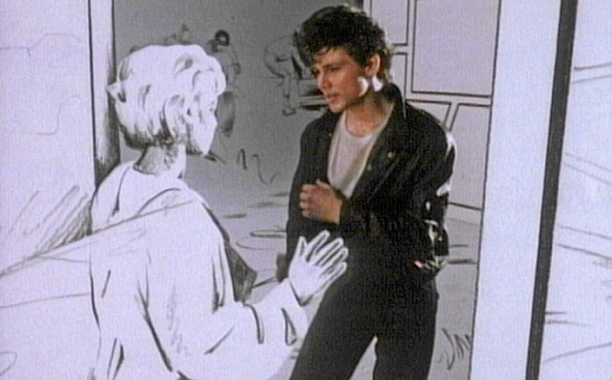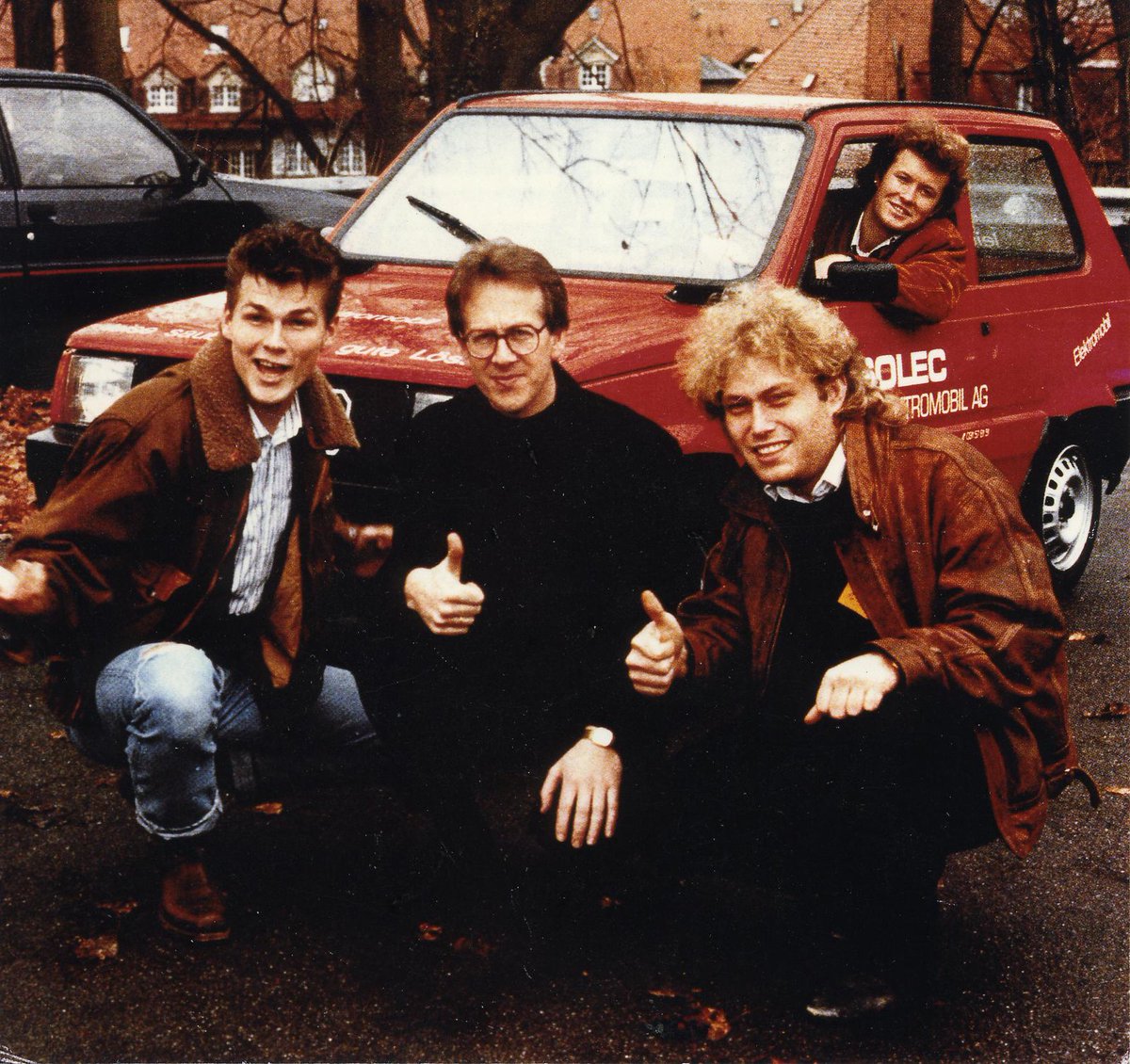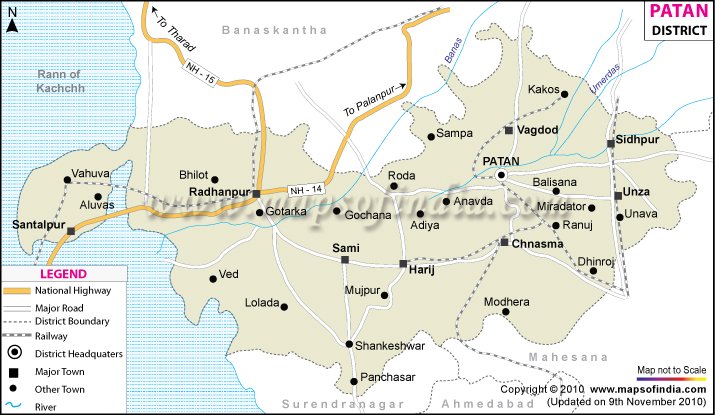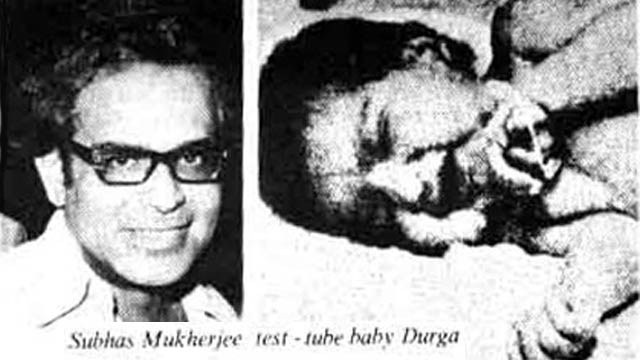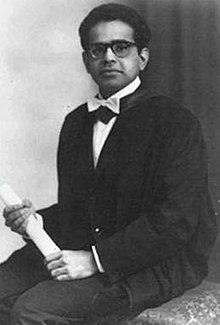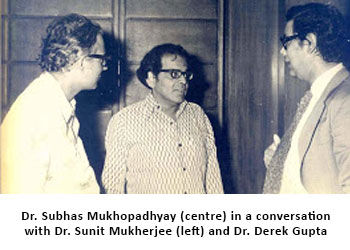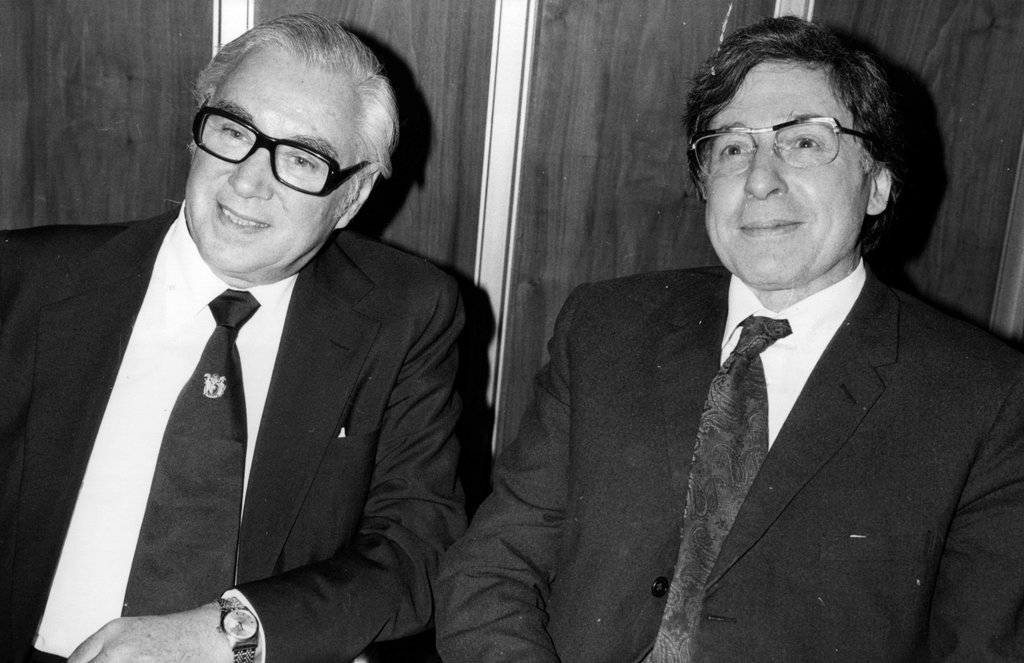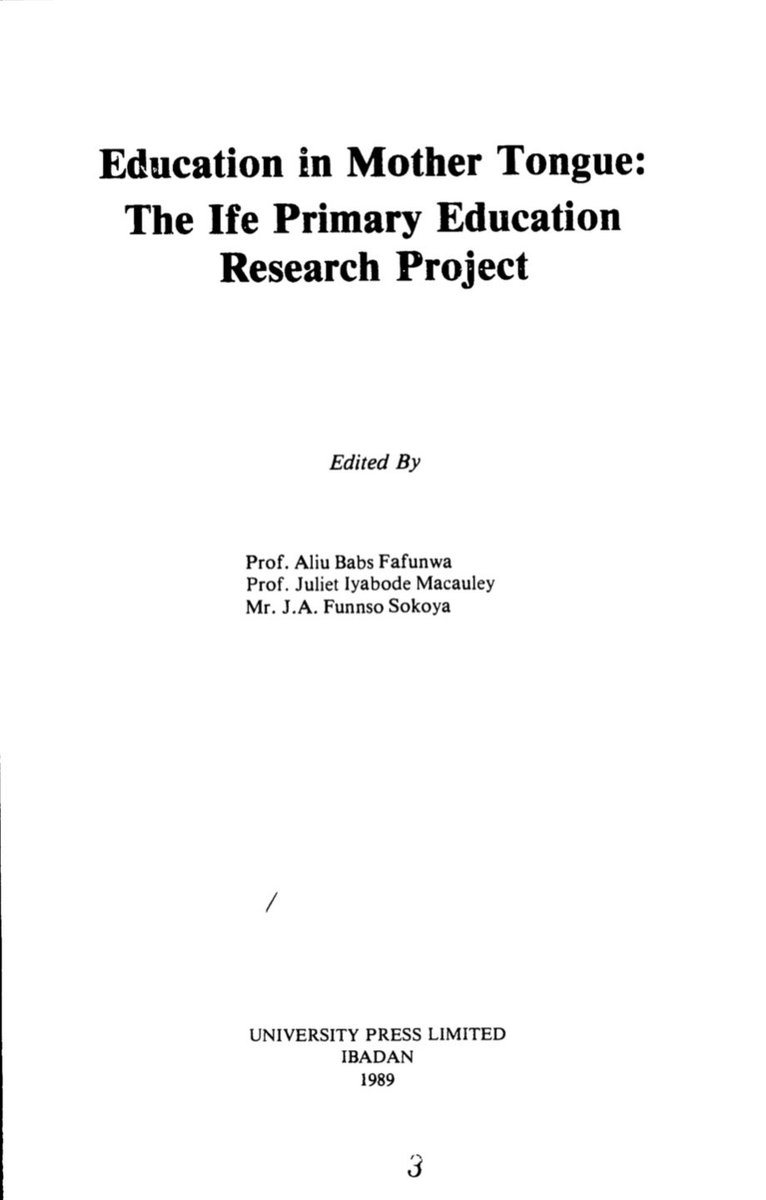The Ife Primary Education Research Project (1970-1983).
aka
The Ife 6-Year Primary Project.
In 1970, as the Director of the Institute of Education of the then University of Ife (now Obafemi Awolowo University, Ile-Ife), later Dean Faculty of Education, Prof. Babs Fafunwa & his team embarked on one of the most groundbreaking research projects in education for Yorubaland.
The aim of the project was to test the hypothesis that the best instructional medium for good concept formation at a very tender age is the mother tongue.
This was bolstered by the observation that “of all the continents and peoples of the world, it is only in Africa…
…that formal education is offered in a language that is foreign to the child.”
So, Yoruba was to be used & tested as an exclusive medium of passing information or instructions to a set of pupils.
The project was based on the premise that:
(a). the child will benefit culturally, socially, linguistically & cognitively.
(b). the child’s command of English will be improved if he is taught English as an entirely separate subject by a specialist teacher through the 6 years.
